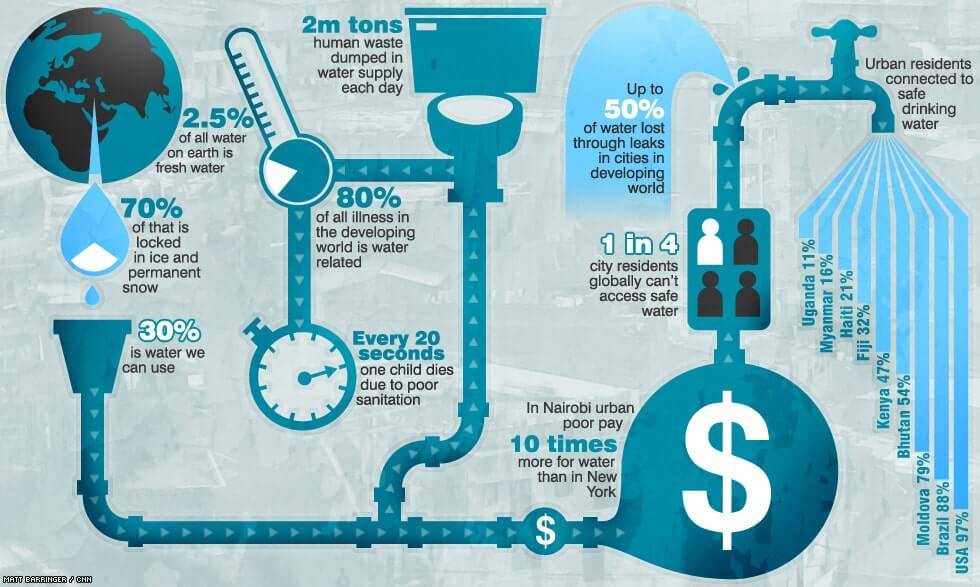Understanding The Results Of Weather On Heatpump Capability And Exactly How To Reduce Them
Understanding The Results Of Weather On Heatpump Capability And Exactly How To Reduce Them
Blog Article
Authored By-Creech Munkholm
When it involves your heatpump, weather plays a critical function in its efficiency. From freezing temperature levels to sweltering heat, each element can impact how successfully your system runs. But what can you do to deal with these weather-related challenges and guarantee your heatpump is operating at its finest? Stay tuned to uncover useful pointers and strategies to enhance your heat pump's efficiency, regardless of the weather conditions it faces.
Weather Elements Affecting Heatpump Performance
Weather elements have a substantial effect on the performance of heat pumps. One important factor is temperature level. Heatpump function by transferring heat from outdoors to within during winter season and vice versa in summer season. As temperature levels decrease, it comes to be harder for the heat pump to remove heat from the outdoors air, decreasing its performance.
One more key element is humidity. High moisture degrees can make it more challenging for the heatpump to launch warm during the cooling procedure.
Furthermore, wind speed contributes. Strong winds can dissipate the warmth absorbed or released by the heatpump, impacting its total efficiency.
Tips for Optimizing Heatpump Efficiency
To boost the efficiency and longevity of your heatpump, implementing a few vital approaches can make a substantial distinction in its efficiency.
Firstly, guarantee regular maintenance by cleansing or changing filters every 1-3 months to avoid airflow blockages and maximize airflow. Additionally, timetable yearly expert assessments to discover and address any type of possible issues at an early stage.
Optimum thermostat settings likewise play a vital duty. During the winter months, aim for a temperature setting that's as low as comfy, and during the summer season, established it as high as comfy to reduce the work on your heat pump. Using a programmable thermostat can assist you instantly adjust setups based upon your timetable.
Furthermore, securing leakages in ductwork and insulating air ducts in unconditioned spaces can avoid power loss and enhance overall system effectiveness.
Last but not least, think about mounting a clever thermostat that can learn your routines and readjust settings appropriately, additional enhancing your heatpump's efficiency. By complying with these tips, you can ensure your heatpump operates efficiently and successfully throughout the year.
Best Practices for Weatherproofing Your Heatpump
For optimal performance and performance of your heatpump, implementing weatherproofing procedures is important. Begin by securing any type of voids or splits around doors, windows, and ductwork to prevent warm loss and preserve a constant interior temperature.
Shield revealed pipelines and air ducts to avoid cold throughout winter and ensure appropriate airflow. Consider installing a protective cover over the exterior system to secure it from extreme weather elements like snow, ice, and debris.
On read the full info here clean the outdoor device to remove dust, leaves, and debris that can obstruct airflow and reduce performance. Additionally, keep visit the next web site around the heat pump clear of snow, ice, and plant life to permit proper air flow.
Conclusion
Now that you recognize just how weather affects your heat pump performance, you can take aggressive steps to optimize its performance. By following the ideas detailed in this post, such as regular maintenance, thermostat modifications, and weatherproofing measures, you can guarantee that your heat pump runs at its ideal regardless of the weather conditions. Keep successful and maintain your home comfortable throughout the year.
